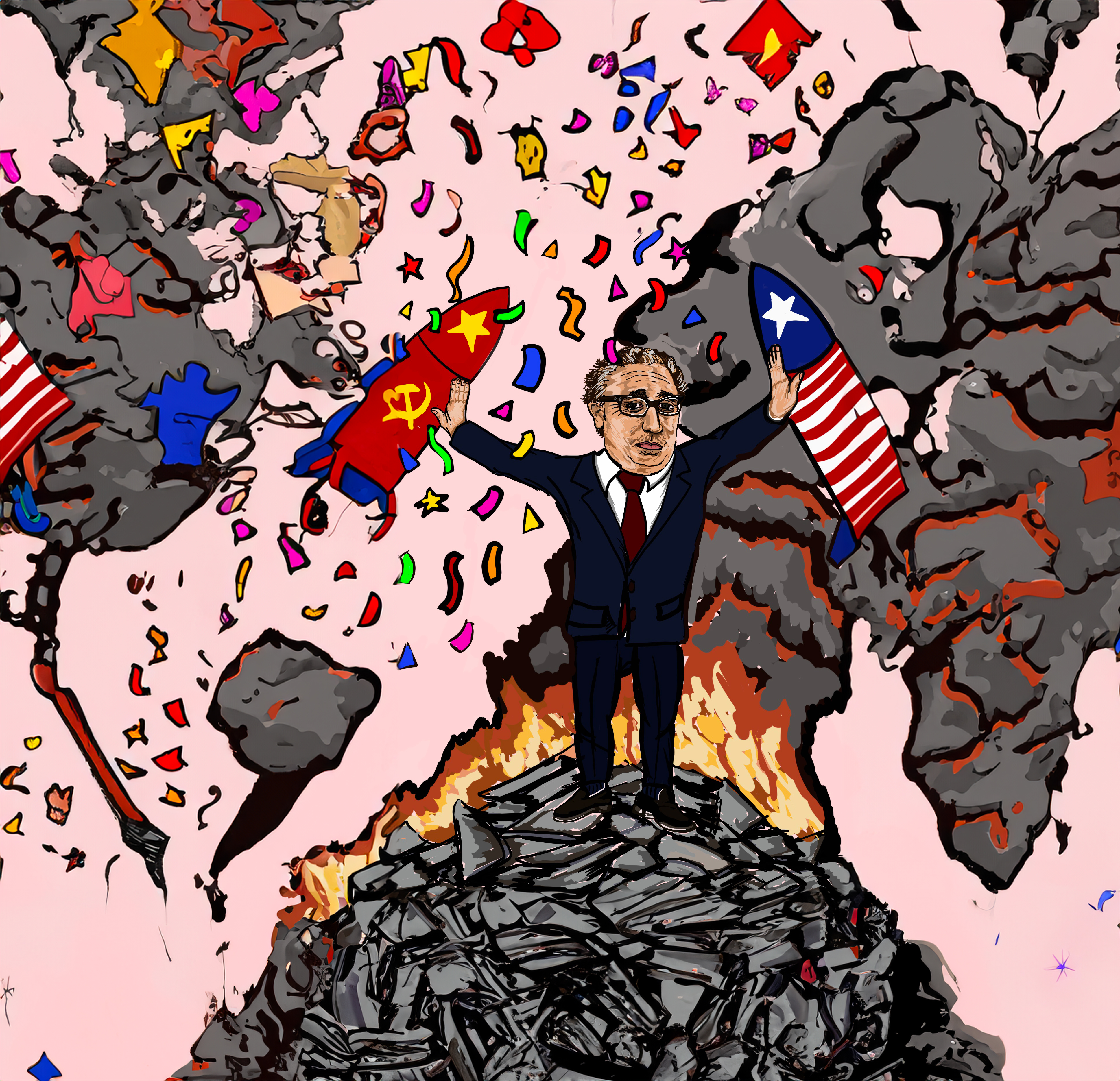Snapchat: the app that millions of teenagers use on a daily basis to communicate with each other through ephemeral selfies and videos. From middle school kids filming themselves horsing around on the bus to college students sending pictures to each other out of boredom during a lecture, this app has become a phenomenon for all demographics within the younger generation. Moreover, this notoriously life-consuming social media application has expanded its addictive reach to the financial market — gripping both accredited and unaccredited investors to the company. In fact, this January, Snapchat officially announced the planned release of their stocks to the world in an eagerly anticipated IPO.
However, this whirling flurry of interest and purchase orders may be leading blindsided investors off a very steep cliff and into a pit of toxic problems and finances.
Last Friday, the company released a 35-minute video for their keen viewers, covering everything from Snapchat’s history to their revenue numbers and growth plans. In many ways, the presentation imitated many other big-name tech giants before them, such as Apple and Facebook, by highlighting the “hip” and “fun” aspects of this millennial-led company. Fortunately, the Snapchat investor pitch wasn’t too caught up in obnoxious gloating, as the video also stressed the key statistics behind what made this particular application so globally pervasive and popular amongst the vast majority of mobile device users.
For example, Snapchat reported increasing revenues and decreasing losses since their inception in late 2011. While it is evident that sales have erupted from last year, with the company having $404.5 million in revenue this past year versus a $58.7 million return in 2015, their net losses have grown rather quickly too, from $514.6 million loss this past year in comparison to $372.9 million loss the year before. This should not come as neither surprising nor unexpected news. To put things in a drearier perspective, the application reported a net loss of about half a billion dollars from their operations, which is considerably more than the prior year. However, when considering the struggles of monetizing explosive growth in the technology market, one must understand that even the most successful companies may never attain — or maintain — profitability.
These numbers should strike competent investors as quite impressive for a tech startup, as they demonstrate how this mobile application could very well avoid being simply another technological fad or trend. But, before investors flock like sheep to buy up as many shares as possible once the IPO debuts in March, they should first know some crucial information behind the structure of said deal.
First and foremost, investors must look to where a user-reliant system receives its cash flow. In this case, Snapchat’s revenue has been about 98-percent from advertising. This makes perfect sense, as Snapchat has had a steady rate of 158 million daily active users, with about a slow 7% growth in user base between the second and third quarters of 2016 before flat lining growth for the end of the year. Nonetheless, this massive number of daily active users has attracted many companies for commercial purposes. This is especially the case on the app’s “story” capability, which allows brand names, such as Comedy Central and People magazine, to showcase short snippets of advertising to all users. This has allowed Snapchat to rake in sizeable fiscal year-by-year revenue; but, as seen in the finances, profitability will continue to be an everlasting problem.
Furthermore, investors have an even larger issue to face when dealing with the upcoming Snapchat IPO: voting rights. As of now, the IPO is priced at anywhere between $14 and $16 per share, giving the company a total valuation of around $20 billion dollars. Such an immense valuation would be the largest public offering since Facebook’s IPO — and such a ridiculously immense valuation should leave investors curious, if not outright concerned. As of now, Snapchat has offered to sell 200 million Class-A shares under the ticker “SNAP” in the New York Stock Exchange. This becomes exponentially less appealing when considering that the two Snapchat founders, Evan Spiegel and Robert Murphy, will hold about 88.5-percent of voting capabilities after the shares are released to the public. This is mainly because the duo holds Class-C stock, which structures the deal to give them voting rights while the Class-A stock for the rest of the world doesn’t get them. This should be a big red flag to institutional investors, mainly because a lack of voting rights keeps the future of a rapidly growing platform in the hands of two 26-year old entrepreneurs. The shares should at least be sold at a discount because, otherwise, eager investors buying notable amounts of equity will have to sit quietly at the back of an imperiled, unprofitable business.
If changes are not made to voting structures and the stocks of future shareholders, Snapchat will most definitely put itself on track to become yet another messy and dramatic Silicon Valley bubble.




